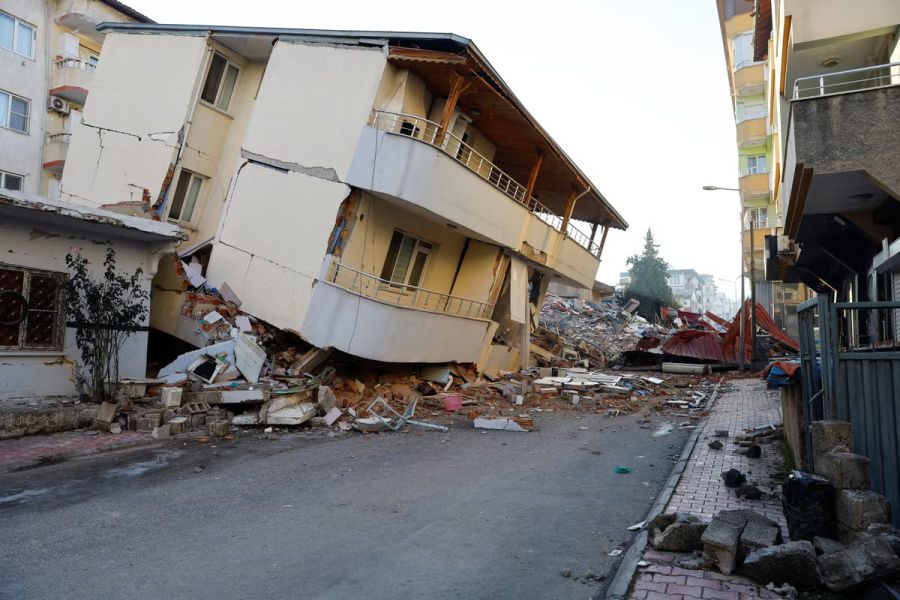News
The Causes of Building Collapses in Turkey: A Look into Structural and Regulatory Issues


In the wake of the devastating earthquakes that struck Turkey’s southeast region on Monday, killing over 21,000 people, many are asking why so many buildings have collapsed. With more than 6,000 buildings destroyed, many are looking for answers on why a natural disaster that Turkey had supposedly been preparing for over 20 years caused so much damage.
A combination of factors has led to the widespread destruction. Firstly, the two earthquakes, with magnitudes of 7.8 and 7.6, were extremely violent. Professor Okan Tuysuz, a geological engineer from Istanbul Technical University, told Al Jazeera that the first quake was roughly equivalent to the energy release from an explosion of about 5 million tonnes of TNT, while the second was equivalent to 3.5 million tonnes. This massive force was too much for most buildings to withstand.
The earthquakes hit in quick succession, causing many buildings that had only received light to medium damage in the first quake to collapse after the second one. Sinan Turkkan, civil engineer and president of Turkey’s earthquake Retrofit Association, highlights that no earthquake could have caused this much damage if all buildings were up to standard.
This is where the second factor comes into play – the state of the buildings. Although Turkey’s seismic design code is up to global standards, and even better than most, the situation in practice is very different. The government offered financial incentives for the urban transformation project, but participation was not compulsory. This meant that only those who could make money from rebuilding their properties agreed to rebuild according to the latest code, while others did not want to spend money on work that didn’t seem urgent.
As a result, 20 years after the Marmara earthquake, Turkey is still full of buildings constructed using sub-par materials and outdated construction techniques that crumble when faced with strong tremors. The tragedy is that if everyone had been on board with the rebuilding effort, at least 5,000 of the buildings could have been reinforced or rebuilt, saving countless lives.
Turkey’s President Recep Tayyip Erdogan visited the disaster zone and promised to rebuild all the collapsed buildings within a year. He also defended the government’s preparations and response to the earthquakes, saying it was impossible to prepare for the scale of the disaster.
































